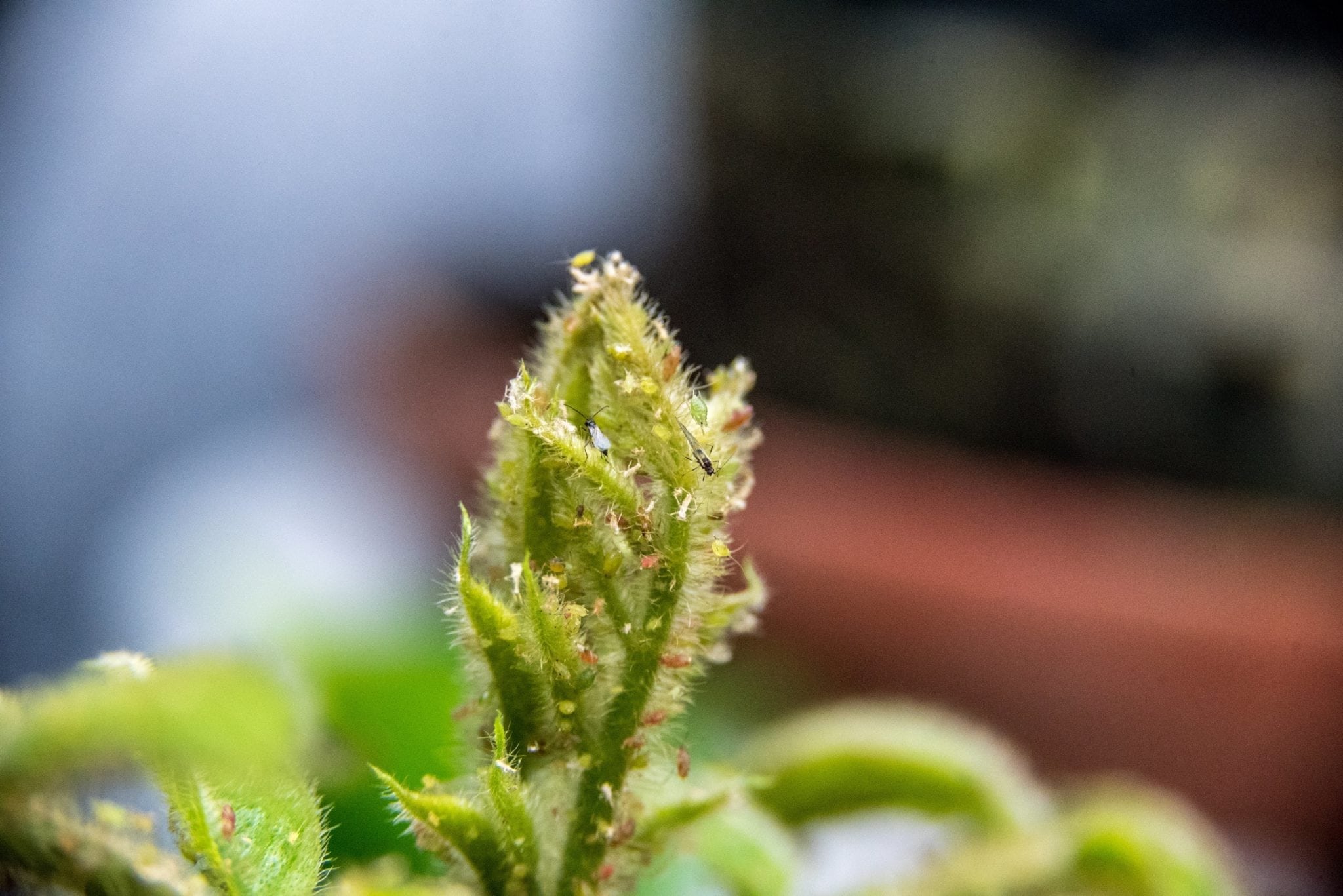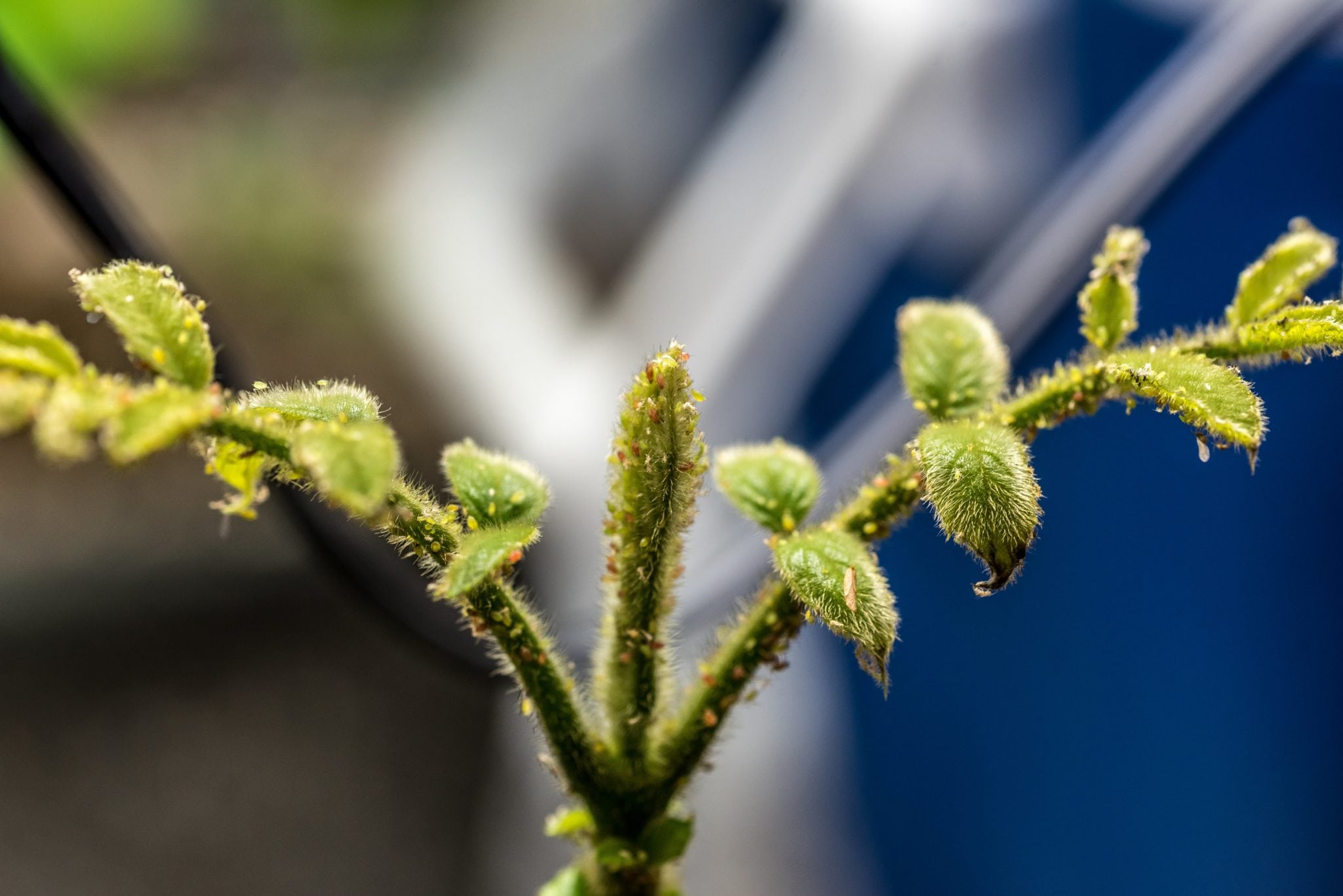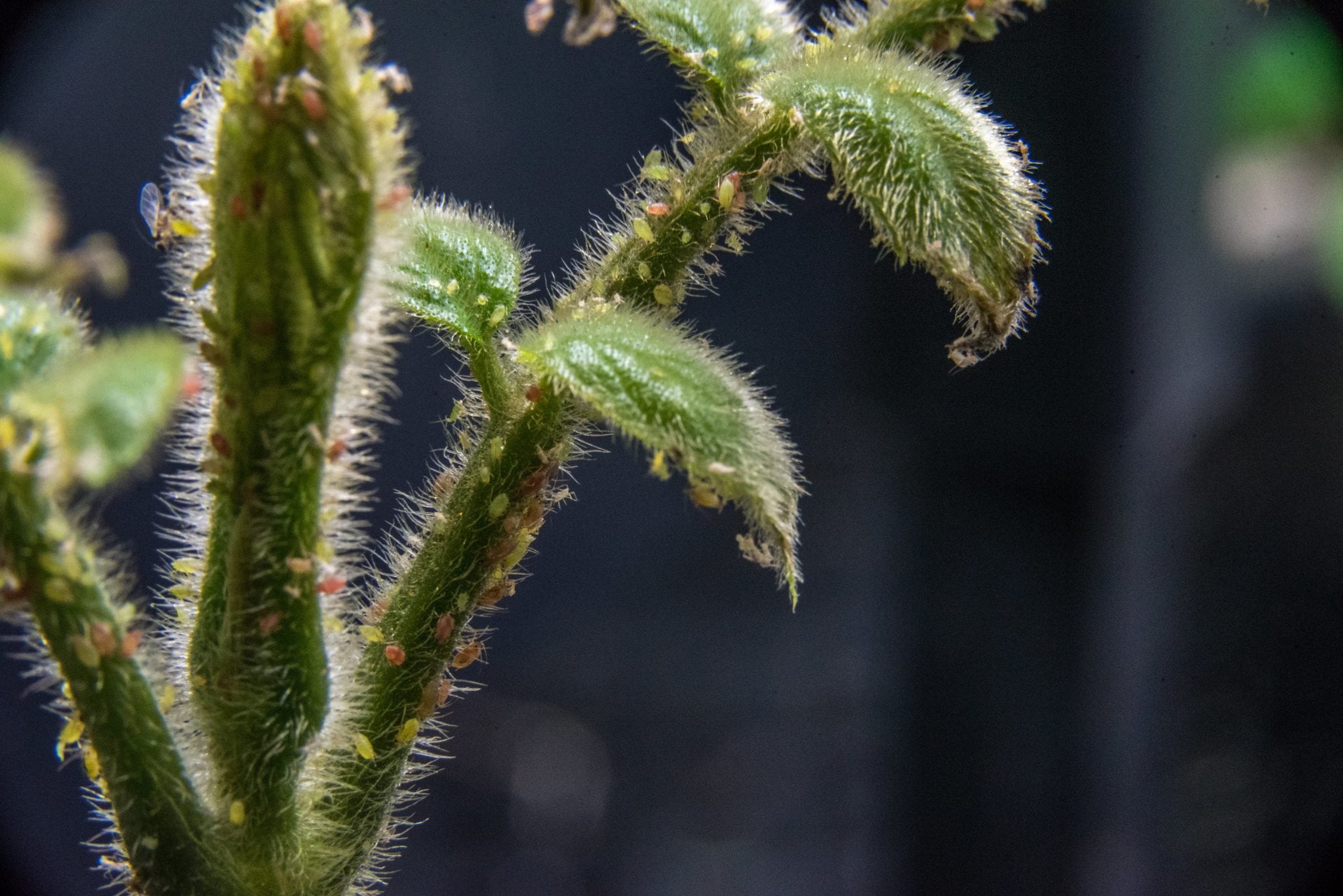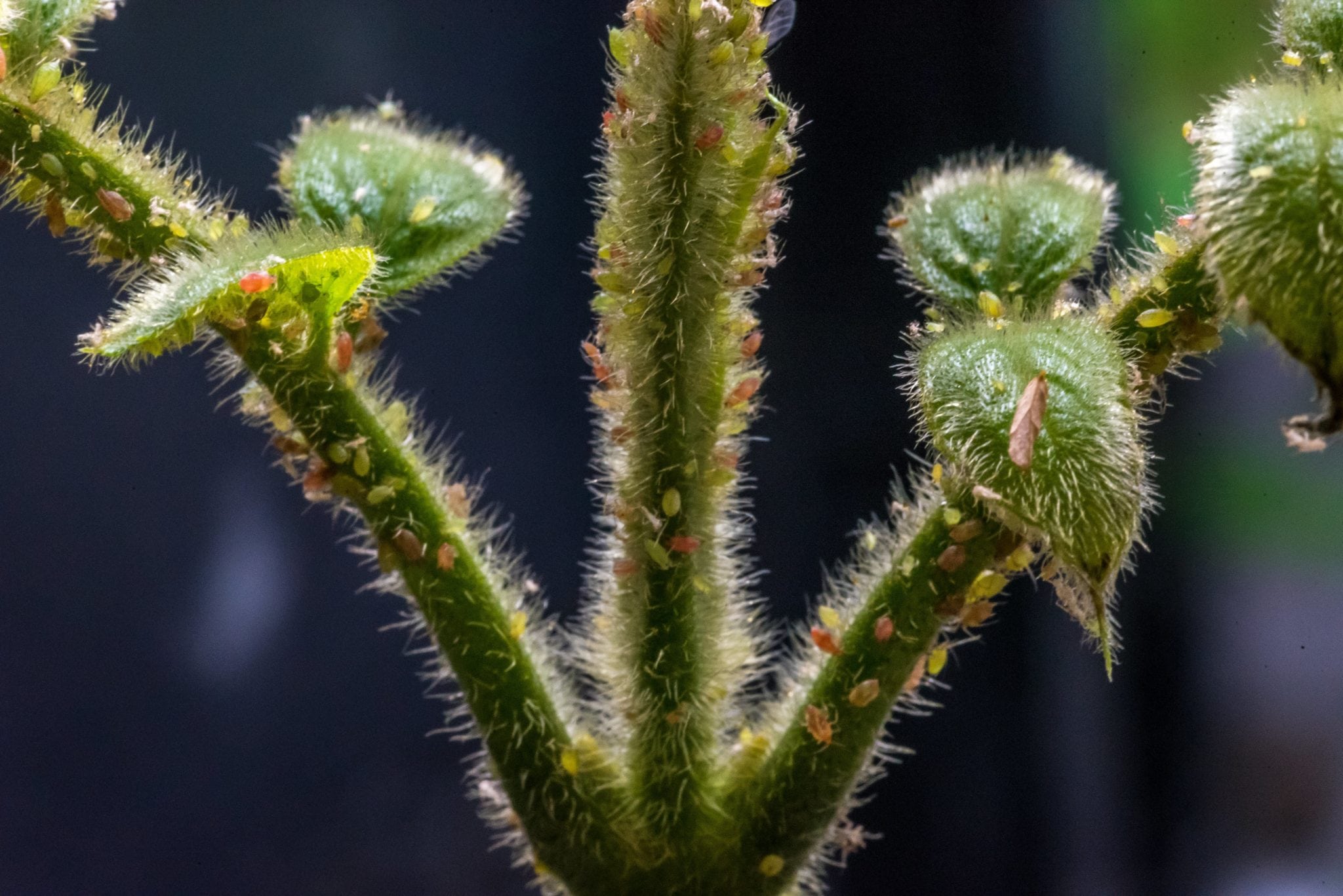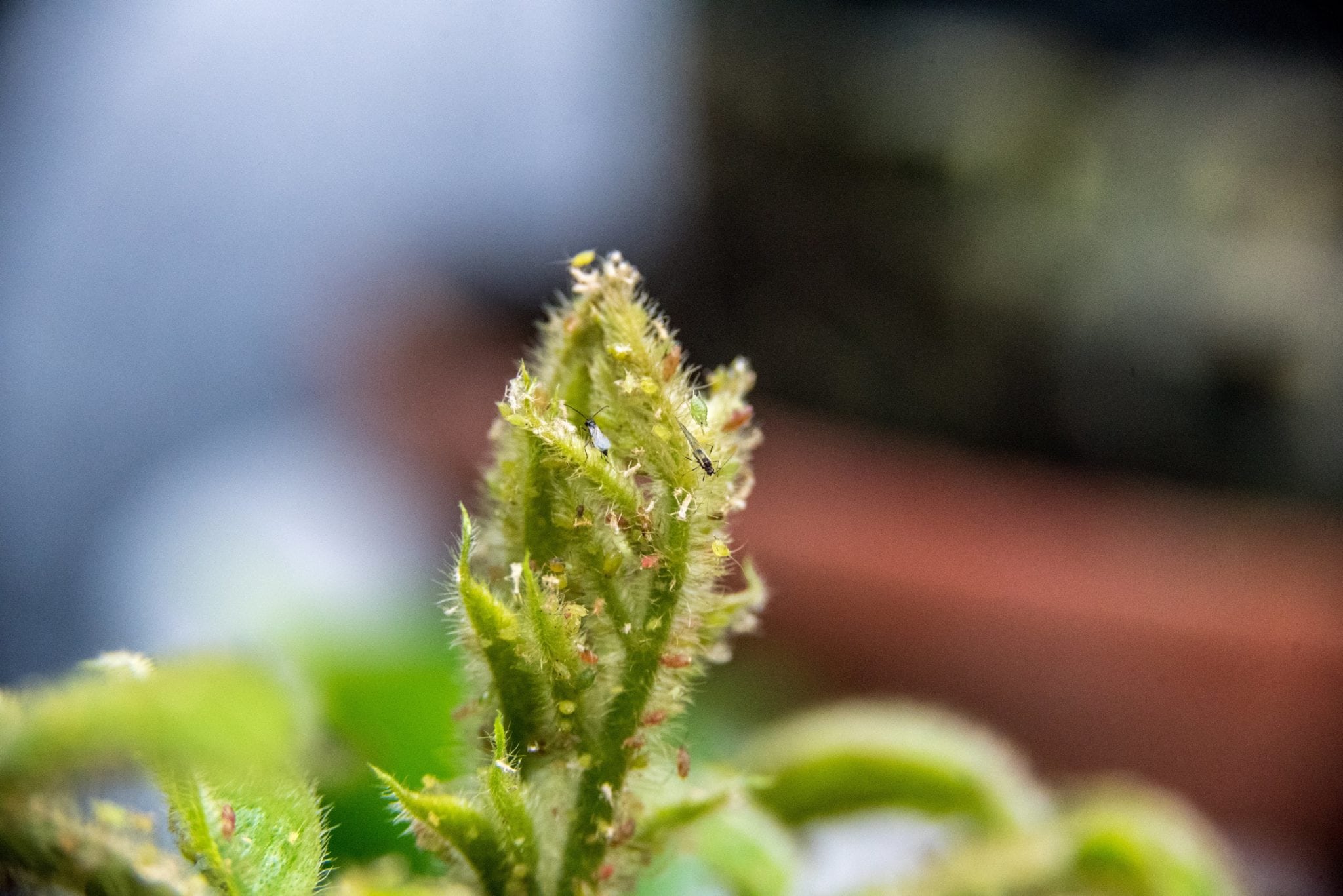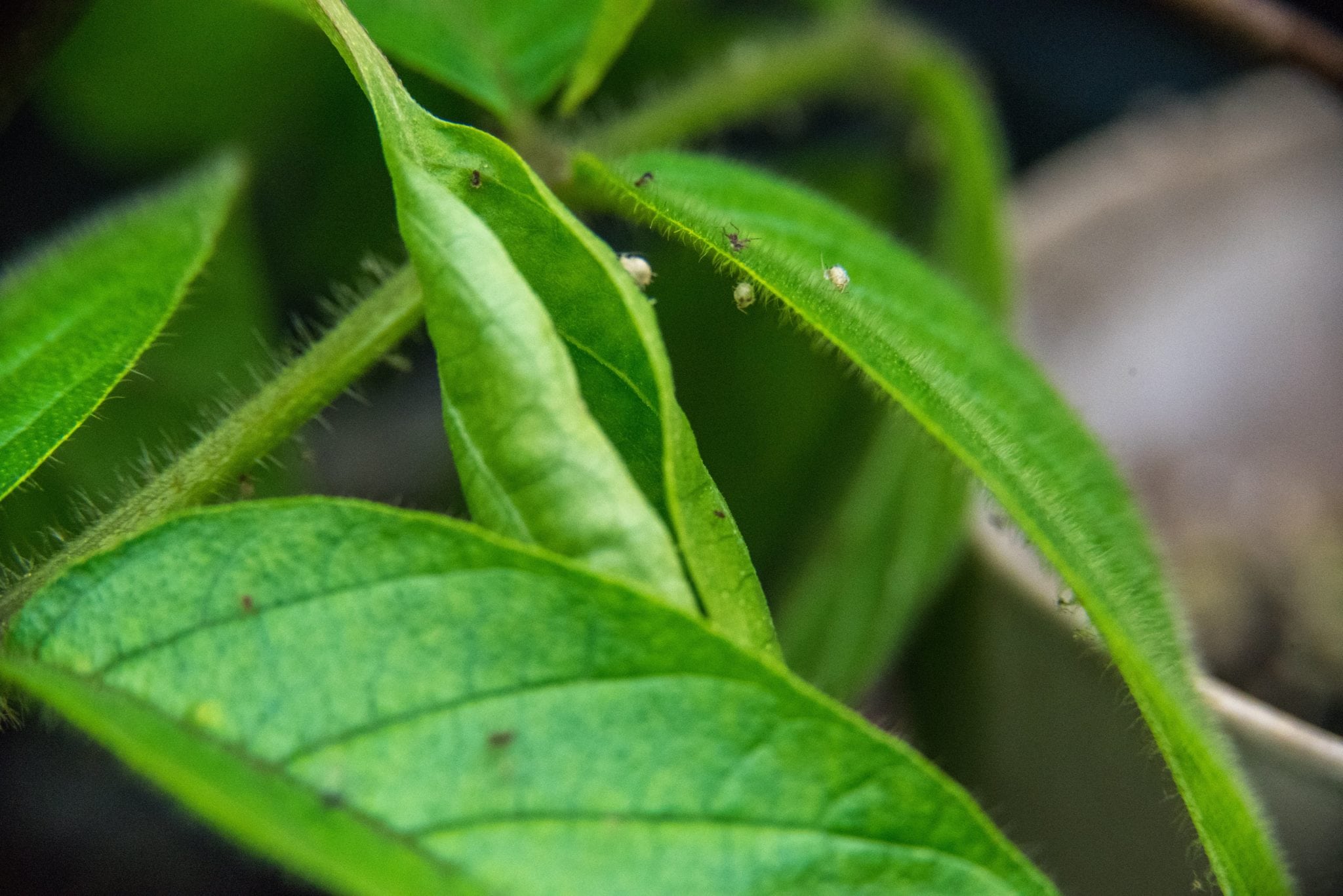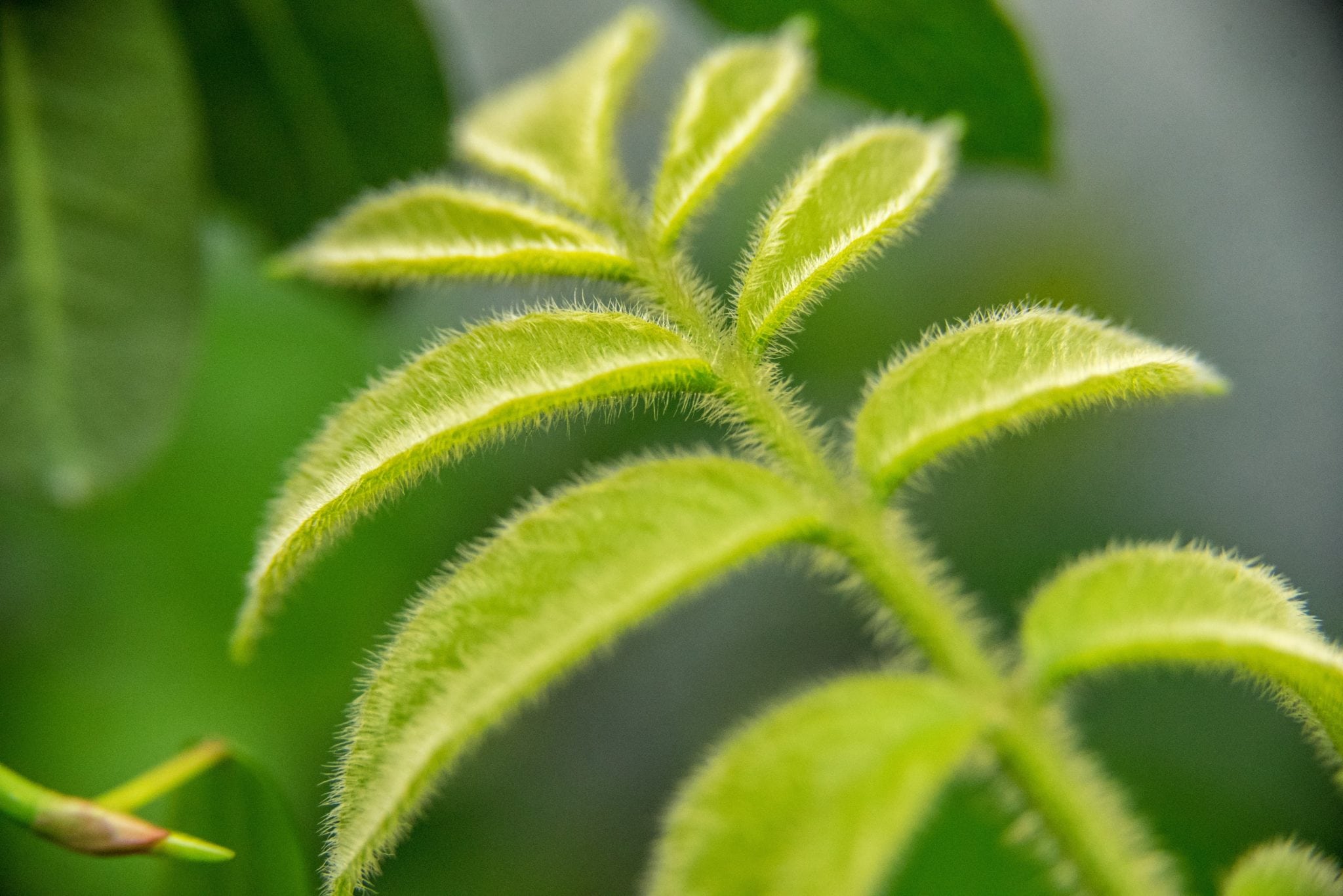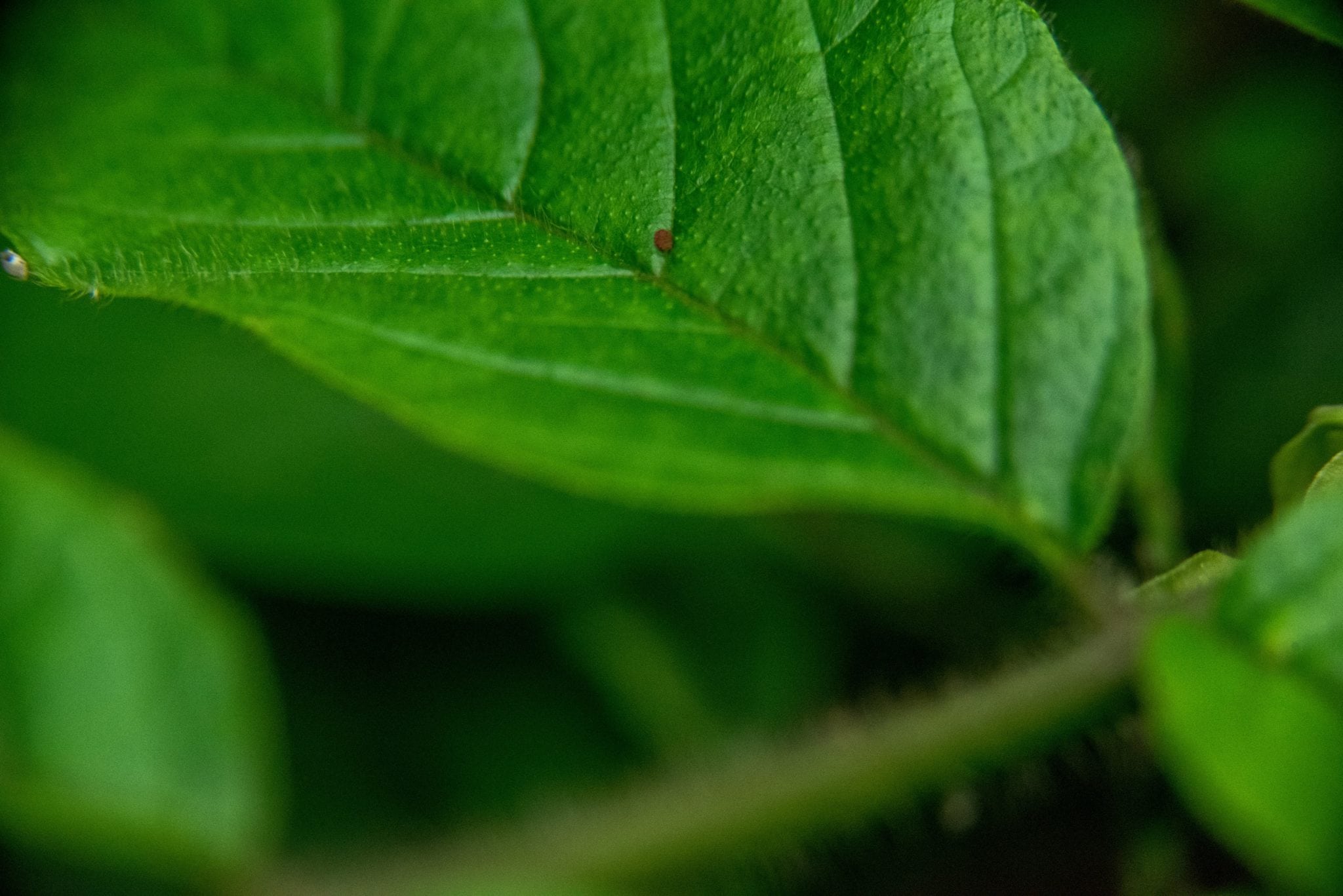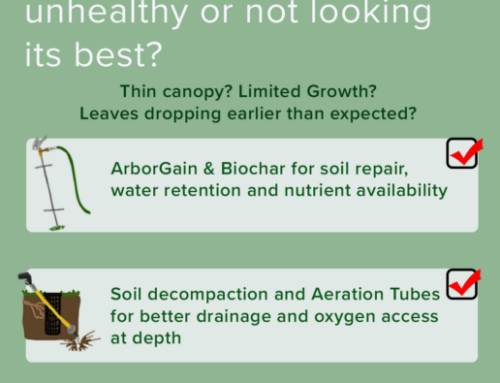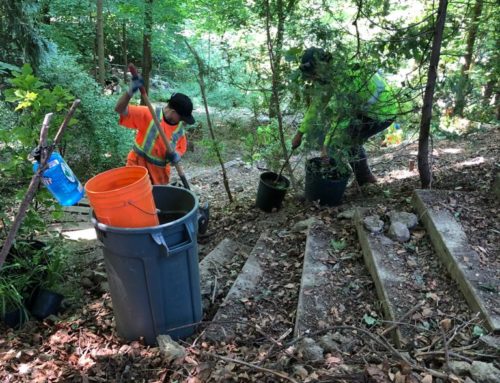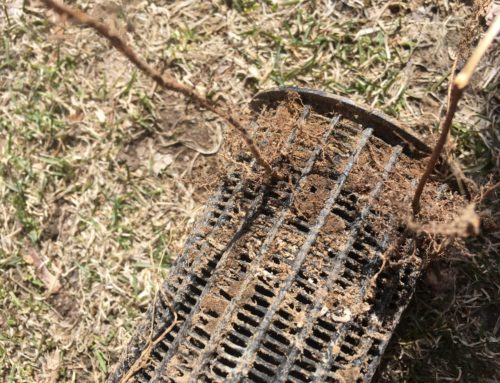Summer is quickly approaching and our trees are in full swing. Unfortunately, their beautiful foliage is a very tasty tree for a number of leaf-eating and sap-sucking pests.
Some of the most common pests we find in Toronto are aphids.
What are Aphids?
Aphids are small, pear-shaped insects with translucent bodies that can be green, red, black, yellow or white. They cause damage to plants by sucking the sap from leaves, twigs, stems or roots. Many aphid species excrete a sweet, sticky sap called “honeydew,” which can in-turn attract other pests like ants or wasps.
How to Spot Them
- The bugs themselves can be found on the undersides of leaves, tips of leaves, or anywhere where there is new growth
- Spotty, yellow discolouration on leaves
- Dried out or wilted leaves
- Brown Galls
- Small, white flakes
There are a few ways to treat aphids – one of which is applying a soap spray to the affected trees. However, at Cohen & Master, we’re always looking for new ways to be good to your trees. One of these is the use of Aphidoletes.
What Are Aphidoletes?
If you wanted to go with a more naturalistic treatment for aphids, you can try releasing Aphidoletes ahpidimyza into the area near the affected trees.
Aphidoletes are aphid-predatory midges. The female midges actively seek out aphid colonies and lay their eggs amongst them. The larvae will hatch and then inject a toxin into the aphids’ legs. The larvae will either eat the aphids or move on, but either way, the aphids will die.
One Aphidoletes can eat up to 50 aphids per day!
Our Aphidoletes Control Study
We wanted to see the Aphidoletes in action before bringing them into our plant health arsenal. One of our arborists tested them on small trees he had at home that were infested with aphids.
This is what the leaves looked like before he added the aphidoletes pupae (click photos to enlarge):
Here you can see the hatched midges with the aphids:
Here you can see the leaves nearly entirely free of aphids:
Some things to note – when the midges were first released, it did take a couple of weeks to see the impact. This control time might vary in an outdoor setting, but the upside is that one “treatment” of aphidoletes may provide multiple lifecycles of the midges for ongoing control.
Ask your arborist if Aphidoletes are right for your trees!
Be Good To Your Trees!
By: Kristie Nairn, BA, MA MMst
Cohen & Master Tree and Shrub Services Ltd.
Sources: https://www.canada.ca/en/health-canada/services/pest-control-tips/aphids.html
https://greenmethods.com/aphidoletes/
Aphidoletes Testing done by Cohen & Master Arborist, Dylan Stevenson

